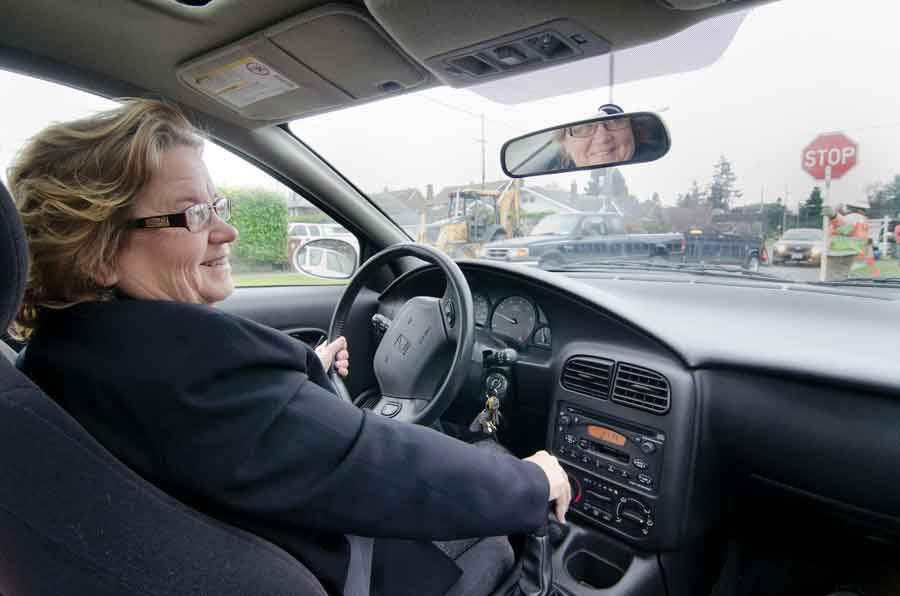Nearly 90 percent of older drivers don’t make inexpensive adaptations to their vehicles that can improve safety and give them more years behind the wheel, according to new research from the AAA Foundation for Traffic Safety.
Pedal extensions, seat cushions and steering wheel covers can reduce a senior driver’s crash risk. Drivers aged 65 and over are more than twice as likely as younger drivers to be killed when involved in a crash, AAA notes.
“While many seniors are considered to be safe drivers, they are also the most vulnerable,†said David Yang, executive director of the AAA Foundation for Traffic Safety, a non-profit research and educational organization. “Our research suggests that most senior drivers aren’t taking advantage of simple and inexpensive features that can greatly improve their safety and the safety of others on the road.â€
Researchers focused on 12 vehicle adaptations and found that fewer than 9 percent of senior drivers reported using any of them. Some of the inexpensive devices that can be purchased and put to use in new or used vehicles are:
- Cushions and seat pads (improves line of sight and can help alleviate back or hip pain).
- Convex mirrors (better visibility and minimize blind spots).
- Pedal extension (helps keep a safe distance from the steering wheel/airbag and optimizes visibility).
- Steering wheel covers (better grip for drivers with arthritic hands).
- Hand controls (perform all vehicle maneuvers and functions without the use of lower extremities).
Choosing the right features and working with a trained technician is imperative, AAA said. Of those drivers who have a device, almost 90 percent reported that they didn’t work with a trained professional for installation, a key recommendation by both the National Highway Traffic Safety Administration (NHTSA) and the American Occupational Therapy Association (AOTA).
“When an ache or pain begins hindering driving ability, many older drivers are able to continue driving safely after making a few adjustments,†says Elin Schold Davis, project coordinator of AOTA’s Older Driver Initiative. “Occupational therapy practitioners trained in driving rehabilitation are especially valuable in connecting the dots between medical challenges that can affect driving and the appropriate equipment and adaptations needed to remain safely independent in the vehicle.â€
Vehicle adaptions also benefit seniors’ mental health by extending their time on the road. Previous research from the AAA Foundation for Traffic Safety shows that seniors who have stopped driving are almost two times more likely to suffer from depression and nearly five times more likely to enter a long-term care facility than those who remain behind the wheel.
In the LongROAD study, more than 70 percent of senior drivers had experienced health conditions that impact muscles and bones such as arthritis, hip/knee replacement and joint pains. Some seniors in the study reduced their driving due to these conditions.
“It’s surprising that more seniors are not utilizing simple and inexpensive vehicle adaptations when you consider the large number who are dealing with muscle and joint conditions,†said Jake Nelson, AAA’s director of traffic safety and advocacy. “Knowledge is power when it comes to extending time behind the wheel, and AAA is committed to providing seniors with the information they need to make sound decisions.â€
